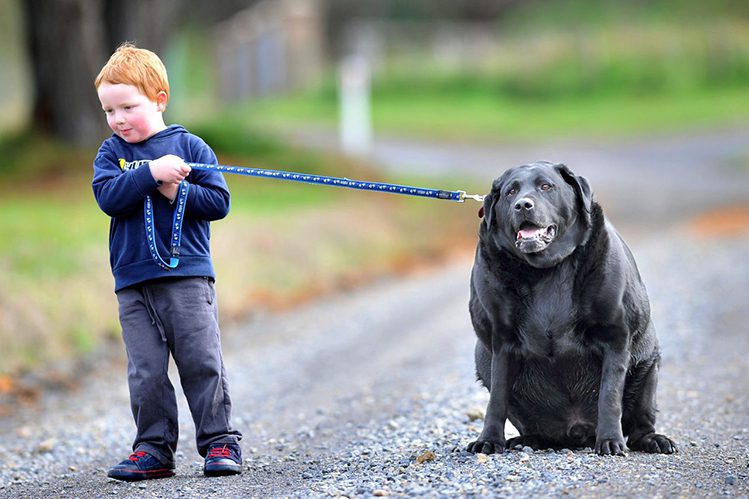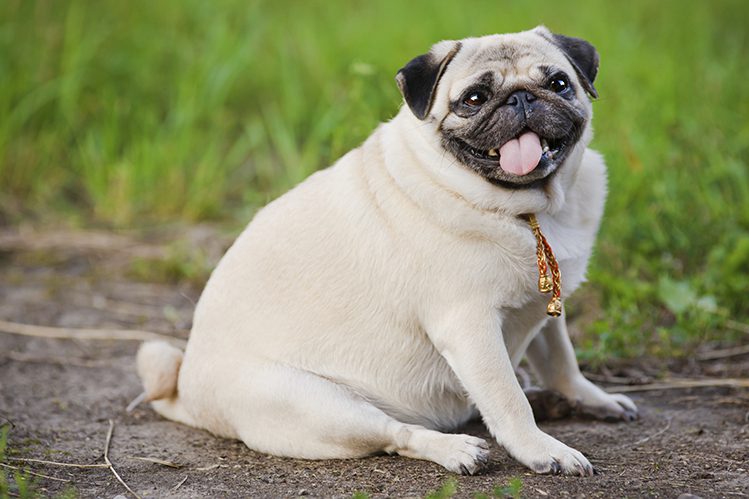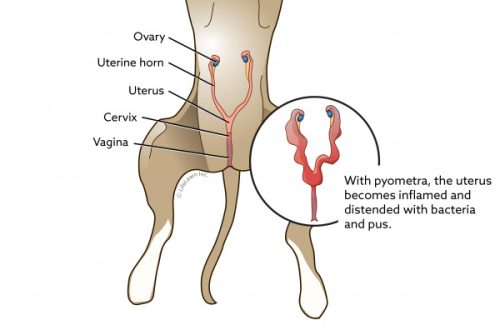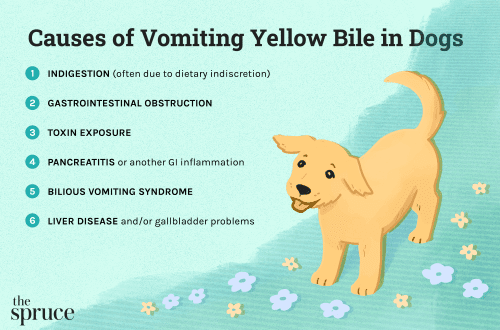
Obesity in dogs: why is it dangerous?
Being overweight is a common problem for apartment dogs. And it is reflected not only in appearance, but also in the state of health and well-being of the pet. How to determine in a timely manner that the dog has begun to gain weight, and what exactly is obesity dangerous for the body?
Why do dogs gain weight? The reasons may be serious diseases that provoke metabolic disorders, or a genetic predisposition – but these are isolated cases. Most often, a sedentary lifestyle and an unbalanced diet lead to obesity, which is common in housing maintenance. Sterilized dogs are also at risk: due to hormonal changes, they become more prone to weight gain. In addition, some breeds are naturally “overweight”. You must have seen a “round” Labrador or a Welsh Corgi at least once on dog playgrounds.
Up to a certain point, the rounded contours of a pet may seem funny, but being overweight is always an additional burden on the body. If timely action is not taken, “slight” overweight will develop into obesity – an absolutely real problem that leaves an imprint on the quality of life of the dog. Obesity provokes the development of serious diseases, many of which (for example, heart failure and diabetes) are irreversible. And now add to this the problems with the joints and spine, which affect almost all overweight animals! Obviously, the pet’s health is not worth risking, and overweight can and should be fought.

How to determine if the pet’s weight is normal? First of all, read the breed standard. It indicates the optimal range of weight and height at the withers, and normally these indicators are maintained.
If there is no standard certificate at hand or the dog is a mestizo, use other methods. First, feel your pet’s ribs. At a normal weight, you can easily do this. If the ribs are not palpable, the dog is most likely overweight.
And one more way. Examine the dog when it is lying on its side. Normally, the ribs will stand out and protrude above the level of the abdomen. With obesity, the ribs do not stand out and the transition from the chest to the stomach is almost imperceptible. Also, in an overweight dog, it is difficult to track the movement of the chest during inhalations and exhalations.
Other symptoms of obesity include waddling (when not pregnant), shortness of breath, and fatigue.
An overweight dog should be taken to the veterinarian first. He will examine her, if necessary, conduct tests, prescribe a special diet and give recommendations on physical activity.
A well-chosen diet is a key component of the fight against excess weight. Diets for overweight dogs (such as Monge Vetsolution Obesity) are designed to improve metabolism, reduce weight, maintain optimal fitness and strengthen immunity. To achieve the result, it is very important to strictly follow the recommendations of the veterinarian and observe the feeding rate. Additional complementary foods, and even more so “delicacies” from the table in the diet, are unacceptable!

The intensity of physical activity for each dog is individual. For example, the life of a border collie is unthinkable without jogging, jumping and passing obstacles, and jumping from high surfaces is contraindicated for dachshunds. How intense the load should be and what exercises will be useful specifically for your dog – the veterinarian will tell. But one rule applies to everyone: increase physical activity should be gradual. Soberly assess the capabilities and health of your dog.
We wish your pets always stay in shape!





